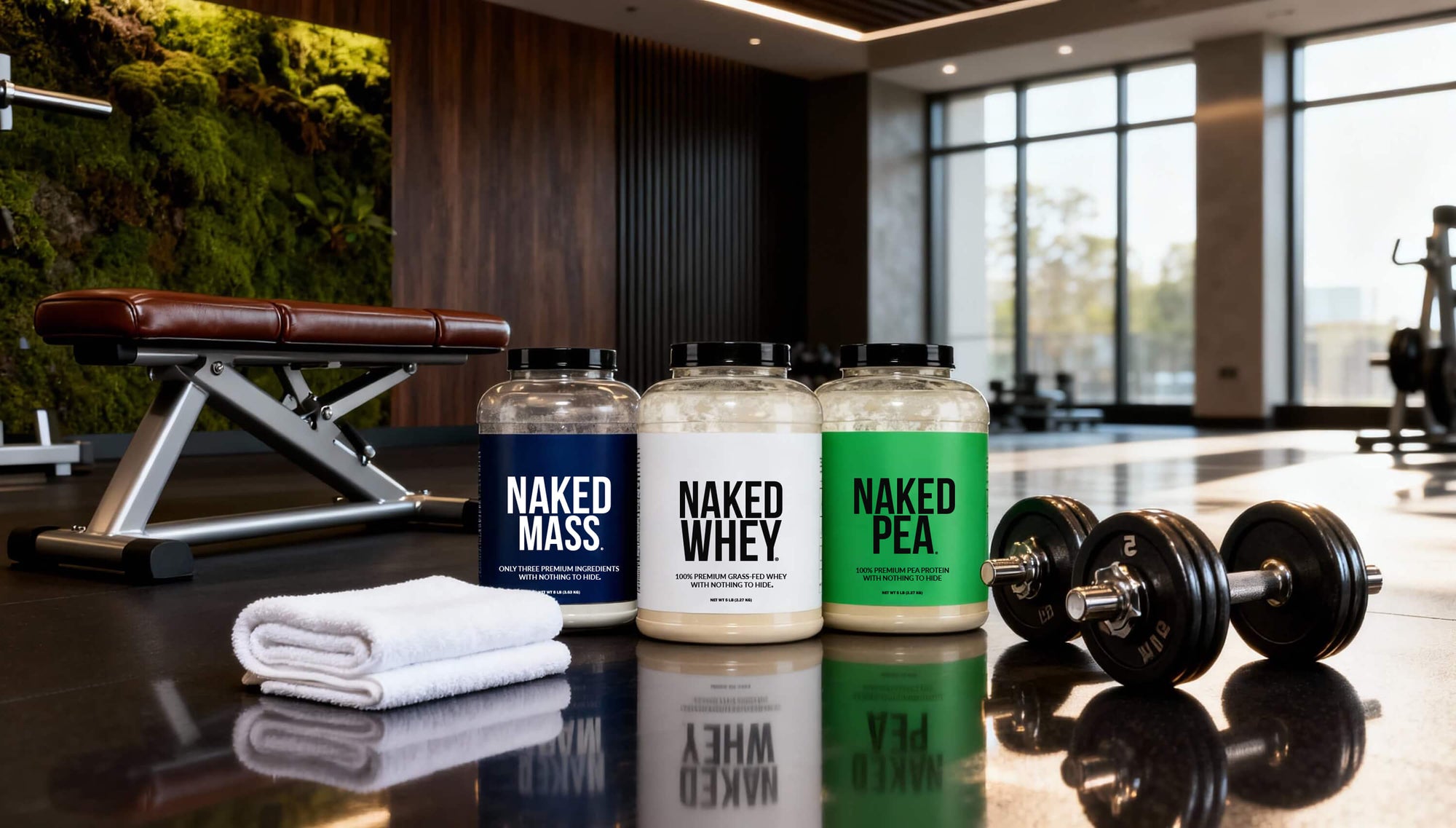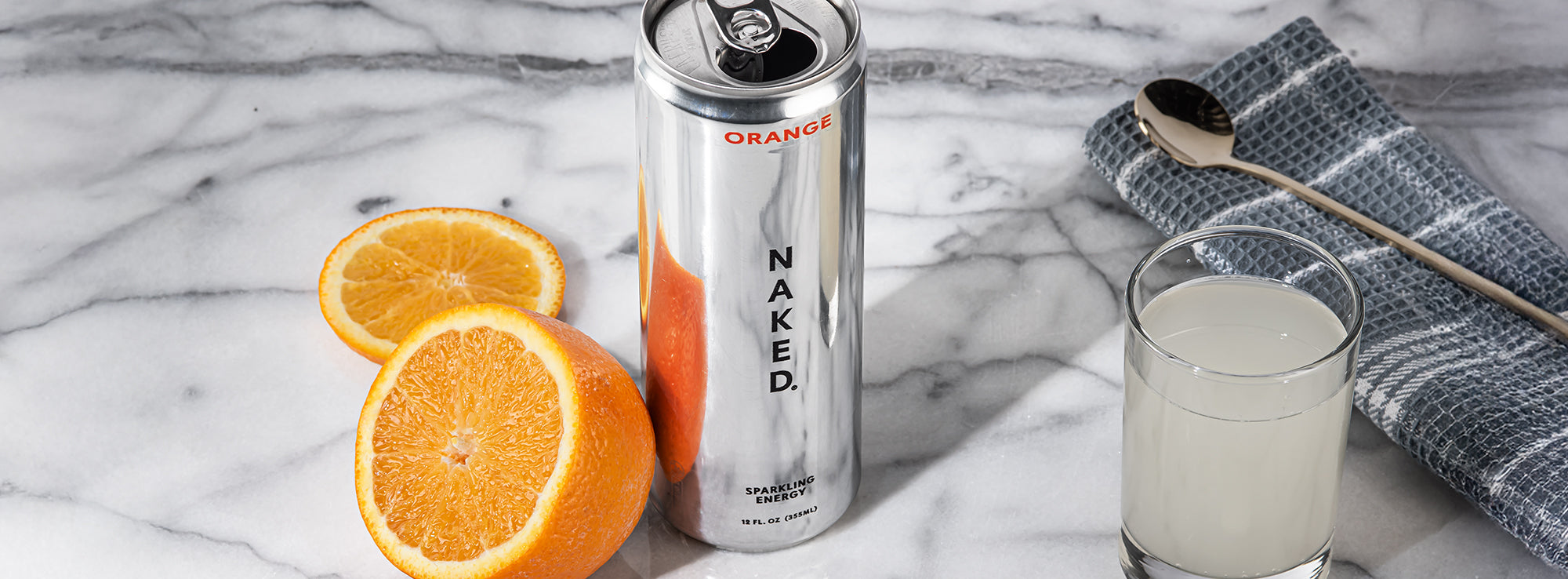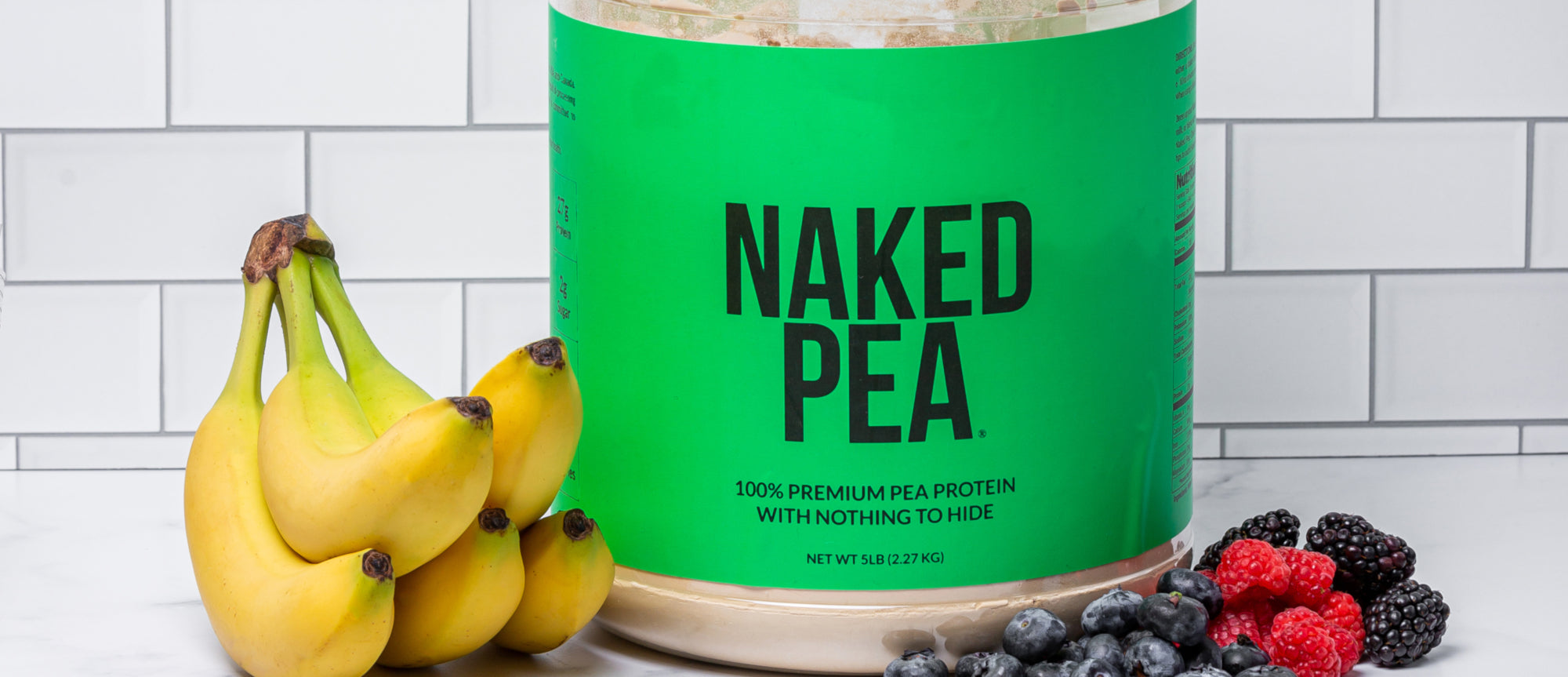No matter your level – whether you’re completely new to strength training, or you’ve been hitting the gym for a while – a push-pull workout routine is a great way to structure your workouts to get long-term results.
Push-pull is simple, yet effective, and an excellent alternative to complicated workout splits you struggle to keep track of.
Read on to learn everything there is to know about push-pull workouts, including a sample split you can use for your own training routine.
What is a Push-Pull Split?

A push-pull split is when you break your workouts into “push” days and “pull” days.
On push days, you’ll do exercises that involve a pushing motion, and exercises that involve a pulling motion on pull days.
Often this will be accompanied by a third day, for legs and core, so some people refer to this regimen as push-pull-legs.
Many training plans utilize “splits”, to allow you to focus on a specific area of your body in each workout, and give these muscle groups ample time to recover until you work them again.
Push-pull adheres to this philosophy, while presenting a simpler option than separating each day by a particular body part (e.g. “chest day”, “back day”, etc).
What Are Push Exercises?

Push exercises are any exercises where you push a weight away from your body, and generally any exercise where the primary movement is you straightening your arms.
Examples of push exercises include:
- Bench press
- Shoulder press
- Dips
- Push ups
- Tricep extensions
Push exercises usually involve the chest, shoulders and triceps as the primary muscle groups.
What Are Pull Exercises?
Pull exercises are the inverse of push exercises. They involve a pulling motion, where you pull a weight up, or towards your body, or contract your arms.
Some examples of pull exercises are:
- Deadlift
- Rows
- Curls
- Pull ups
- Shrugs
Pull exercises generally work the back, biceps and forearms.
Benefits of a Push-Pull Workout Split

Push-pull is a good way to do workout splits in a simple way, without five separate days and a whole lot of small isolation exercises.
You can split up muscle groups effectively, but maintain a focus on compound exercises, with a routine that’s easy to follow and easy to maintain.
Here’s what we think are the top benefits of push-pull workouts:
Good mix of recovery and training frequency
Push-pull strikes a good balance between giving each muscle group adequate time for recovery, and training each group enough to make progress.
With more detailed splits, you may go a week or more between training each muscle group. With push-pull (even if you add another day for legs), you’re going to be training each group 1-2 times per week.
Trains all major muscle groups
Push-pull-legs is a comprehensive way to cover the entire body in just three separate workouts. It’s easy to fit in all the core compound exercises you need to build all-round size and strength.
Structured approach that’s easy to stick to
Push-pull gives you a little bit of structure, which many people need in order to build a successful, long-term training habit.
Yet it’s not so much structure that it becomes difficult to keep track; it’s easy to know which day you’re on, and it doesn't take a data science degree to build a routine.
Easy to recover if you miss a day
One of the top reasons I love push-pull is because it’s super easy to keep your schedule going if you miss a regular gym day.
For example, with a more detailed split you might get used to Mondays as chest day, Tuesdays as back day, and so on.
But if something happens and you can’t make it to the gym on a Monday, your routine gets thrown out of whack; you don’t know whether to skip chest day altogether, or push it back.
Push-pull is simpler and easier to maintain if you don’t have a regular schedule, with fewer options to alternate between.
Downsides of Push-Pull
There aren’t a lot of downsides to doing a push-pull or push-pull-legs split.
Each muscle group may not get quite the same care as if you had a dedicated day for each, but this won’t really matter unless you’re a serious, competitive bodybuilder.
You may risk overexerting yourself if you train regularly with high intensity (i.e. hard workouts every day).
Alternatively, if you’re only able to get to the gym once or twice a week, you may go too long between each muscle group (in which case, you’d be better doing full-body workouts).
These are generally niche cases though, and for most people, push-pull is a fine way to split up your workouts.
Sample Push-Pull-Legs Routine

Here’s an example routine you can use, or take inspiration from, if you want to give push-pull-legs a try.
Day 1: Push
- Bench press (flat)
- Seated shoulder press
- Bench press (incline)
- Standing tricep extensions
- Cable flyes
- Dips
Day 2: Pull
- Deadlifts
- Lat pulldowns
- Single-arm dumbbell rows
- Pull ups
- Seated cable rows
- Bicep curls
Day 3: Legs & Core
- Squats
- Quad extensions (machine)
- Hamstring curls (machine)
- Hanging leg raises
- Barbell hip thrusts
- Wall sits
You can space out these three days as best suits your fitness level and schedule. Beginners might want to rest between each day, while more experienced lifters might do three days in a row followed by one rest day.
Tips for Doing Push-Pull-Legs Effectively
If you’re starting a push-pull-legs routine, here are some more tips to make sure your training is optimized to deliver the best results:
- Focus on getting your form correct before going too high in weight.
- Don’t neglect rest; pay attention to how your body is feeling, and take a rest day if you’re feeling too run down.
- Get enough sleep, and supplement your recovery with active recovery methods like sauna and cold plunges.
- Maintain good nutrition, and ensure you get enough protein in your diet.
- Change up your exercises every now and then to keep your training interesting and mentally stimulating.
Final Thoughts: Are Training Splits Essential?
You can have success, building muscle and strength, with many different approaches to training.
Splits are not essential; you could do full-body workouts, short HIIT workouts, or many other training plans, and still get results.
But splits are generally considered one of the best ways to train regularly without over-taxing your body.
If you’re looking for a new way to work out, give push-pull or push-pull-legs a try, and you might find it provides the structure you need to take your fitness to a new level.













